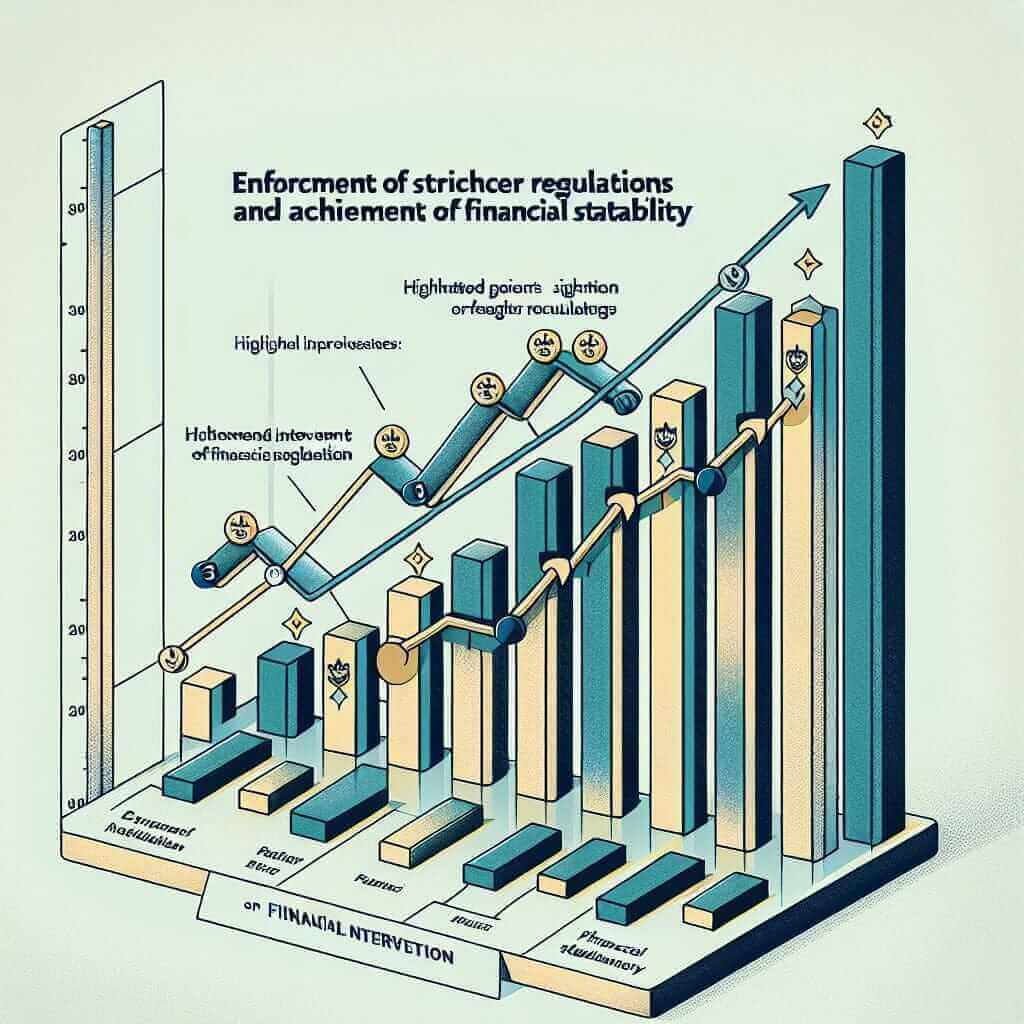The phrase “Had we acted earlier, we could have prevented it” often trips up IELTS candidates, but understanding its structure and usage can significantly enhance your grammatical range and accuracy. This article delves into this grammatical construction, providing a comprehensive guide to mastering its use in your IELTS exam.
Let’s examine some examples of how this structure appears in different IELTS sections:
Speaking Part 3:
- “Had governments invested more in renewable energy decades ago, we might have mitigated the effects of climate change.” (This sentence reflects on a past hypothetical situation and its potential outcome)
Writing Task 2:
- “Some argue that had stricter regulations been in place, the financial crisis of 2008 could have been averted. However, others believe that multiple factors contributed to the downturn.” (This sentence introduces a contrasting viewpoint within an essay discussing the causes of the financial crisis.)
Listening Section 2:
- You might hear a speaker say, “Had the company implemented better safety protocols, the accident might have been avoided.” (This sentence could appear in a lecture or a news report discussing an accident investigation.)
Deconstructing “Had We Acted Earlier, We Could Have Prevented It”
This sentence structure expresses regret or a missed opportunity in the past. It implies that a different action in the past could have led to a different outcome. This grammatical structure is commonly known as the third conditional, a crucial element in demonstrating your grasp of complex grammar on the IELTS.
The Formula and its Application
The structure follows a clear formula:
Had + Subject + Past Participle (V3), Subject + Could/Would/Might + Have + Past Participle (V3)
Let’s break down each component:
- Had + Past Participle: This forms the past perfect tense in the if-clause, indicating the hypothetical past action.
- Could/Would/Might + Have + Past Participle: This constructs the main clause, expressing the hypothetical past result. ‘Could’ implies possibility, ‘would’ implies certainty, and ‘might’ suggests a weaker possibility.
 Financial Crisis Prevention
Financial Crisis Prevention
Applying the Structure in Your IELTS Exam
Writing Task 2:
-
Prompt: Many historical events have had a profound impact on the world today. What do you think is one event that, had it unfolded differently, could have significantly altered the course of history?
-
Sample Sentence: “Had the printing press not been invented in the 15th century, the Renaissance might have been confined to the elite, significantly delaying the spread of knowledge and ideas throughout Europe.”
Speaking Part 3:
-
Examiner: What are some of the challenges faced by developing countries in combating climate change?
-
Candidate: “One significant challenge is the lack of financial resources. Had developed nations provided more substantial aid in previous decades, developing countries could have invested more heavily in sustainable infrastructure and technologies.“
Achieving a Higher Band Score
To impress the IELTS examiners, consider these tips:
- Vary your modal verbs: Instead of always using “could have”, experiment with “might have” or “would have” to express different degrees of certainty.
- Combine with other grammatical structures: Embed this structure within more complex sentences to showcase a wider range of grammatical skills.
- Context is key: Use this structure appropriately and relevantly to the topic being discussed to demonstrate a natural flow of language.
Common Pitfalls to Avoid:
- Incorrect tense sequence: Remember to use the past perfect in the ‘if’ clause and the perfect conditional in the main clause.
- Missing auxiliary verbs: Ensure you include ‘have’ after the modal verbs ‘could’, ‘would’, or ‘might’.
Conclusion
Mastering the “Had + Past Participle” structure can significantly elevate your IELTS writing and speaking performance. By understanding its form, function, and application, you’ll be well-equipped to express complex ideas effectively, demonstrating a sophisticated command of English grammar. Remember to practice implementing this structure in various contexts related to common IELTS themes such as history, technology, and the environment.


